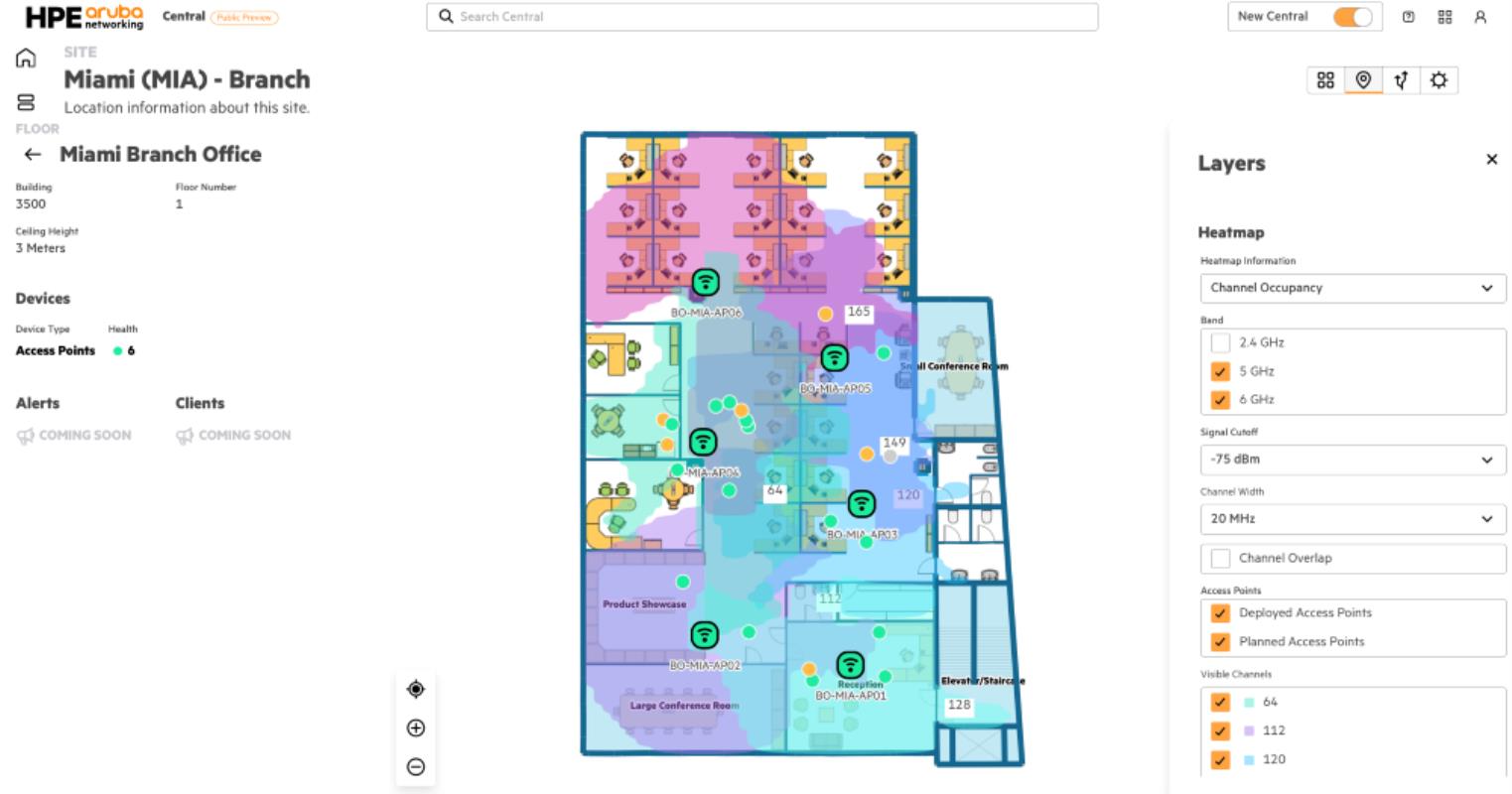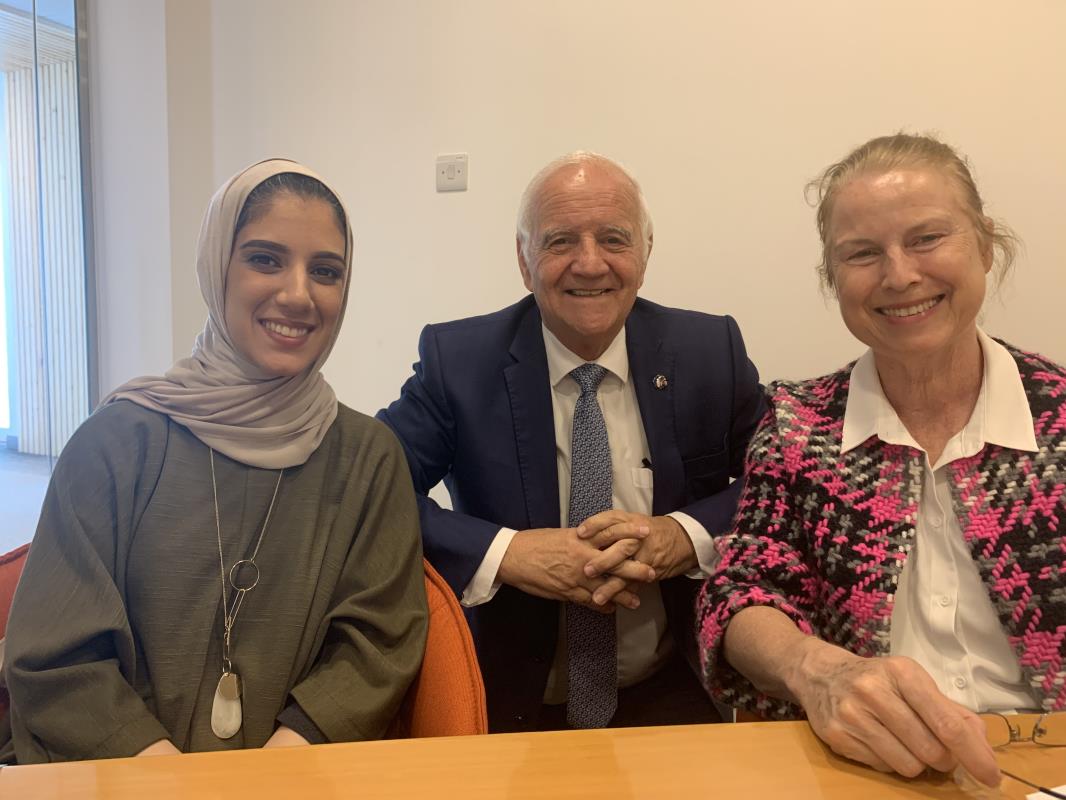
The correct class size or in other terms the number of students we teachers have in our classroom is the most important number for us in this universe. This is something that we think of every second up to the moment that we are allocated our class.
The number of students in a class is directly proportional to everything that happens inside the classroom. This number will decide the classroom management, the classroom activities, the seating arrangement, the student achievement levels, the teacher’s and students’ well being…almost everything.
That ideal class size is like a match made in heaven.
So why is it that important? Over the years research has shown that students in smaller classes perform better in all subjects and actually have potential to be one or two months ahead in content taught as compared to students in a large class. Academic performance and student engagement is also better in smaller classes. Teacher retention also tends to be easier with a smaller class size.
In my four years of teaching I’ve taught classes that had as many as 37 students to as little as 11. As the saying goes, ‘too much of anything is bad for you’, keep in mind that too little of something isn’t beneficial either.
Having too little students incapacitates a teacher and does not necessarily help the teacher run things effectively whereas too many students in the class overburdens the teacher and the students.
Let’s try to look at it both ways.
So, what happens when you have too many students in a classroom?
The answer is easy right….
- If the classroom dimensions aren’t big enough classroom arrangement will be the biggest challenge. It’ll be next to impossible to change seating arrangements as per activities because there’s literally no room to move.
- Classroom management / behavior management becomes a challenge when there are too many different personalities in the classroom. There’s more disruptive behavior in such classes.
- A large teacher to student ratio does not lead to good enough student achievement. At the end of the day students do not get the required assistance or attention to achieve the best of their potential.
- Adverse emotional and physical health is also at stake when there are too many people in a classroom that’s not big enough to accommodate the large number.
- Efficiency of teaching techniques is affected too. No matter how good the activities or teaching techniques the large class size will eventually effect the outcome of the activities or techniques used. Quite often it will result in the teacher going back to a more teacher oriented style of teaching.
Well, the above scenario is an easy picture to paint.
What would happen if there were too few students in a class?
Is it as easy to figure?
Too few students in a class can have adverse effects too.
- Very few students in the classroom makes the class more roomy and in few instances can cause a distraction to the students. Having more than the required room to roam about in class can at times distract students while moving around to do activities.
- Classroom management / behavior management can be easy but monotonous and less challenging at the same time. Having different personalities in the class does make the class more interesting and welcoming for both the teacher and the students.
- Having a very small teacher to student ratio means that the teacher now has to work harder to keep developing extra / more engaging tasks because he/she now has less students to handle and hence has to keep them more engaged at all times. But at the same time it does give students an opportunity to have more autonomy.
- Emotional and physical health does not take a toll in such a class. Students and the teacher are actually more chilled out, which means that seriousness towards studies, responsibility and autonomy are things that need to be focused on.
- It’s easier to use many different types of activities and techniques in such a classroom but if there are too few students then efficiency takes a toll too.
So, from the above you can deduce that class size is that magical number that makes the teacher’s classroom a perfect haven. But, what is that ideal number? and is it that easy to decide? Research shows that 20-24 is a beneficial class size but this too isn’t that easy to decide.
Class size is actually decided by a lot of different factors or parties. The government, the physical dimensions of the school, the school management, the type of school (public/private), the finances, the background of the school / students, the location of the school, the number of teachers available etc. all have a role to play. Not at all easy, right?
Even though all these factors have a role in deciding that match made in heaven, we teachers inevitably dream of it and ponder over it before the start of every single academic year. Will I be blessed with that match? We’ll all just have to wait and watch and I shall keep you posted.























































